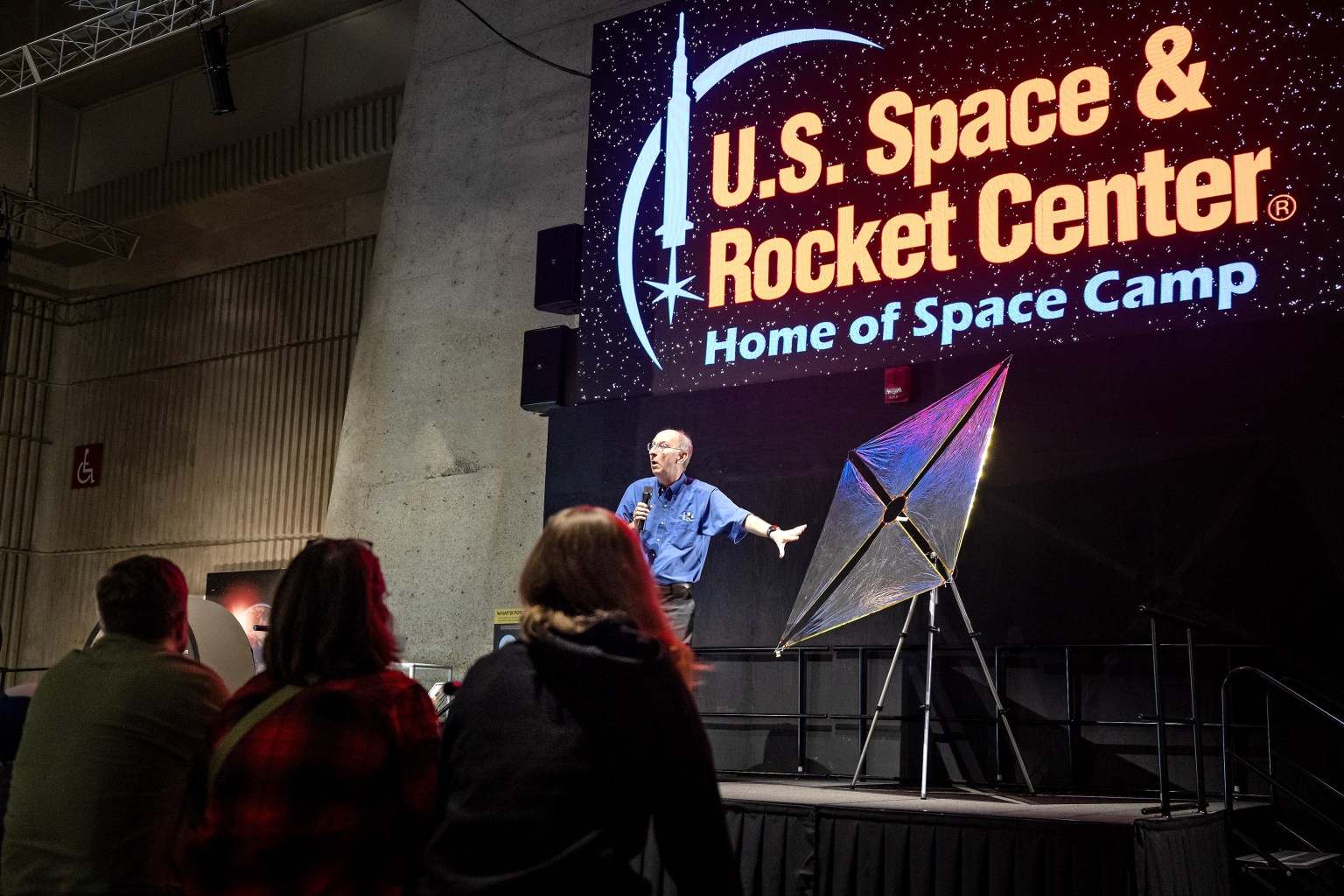
Marshall Technologist Talks Solar Sail Technology in Rocket Center Exhibit
By Jessica Barnett
Space enthusiasts at the U.S. Space & Rocket Center were treated to a special exhibit featuring technologist Les Johnson of NASA's Marshall Space Flight Center and a look at the future of solar sail technology.
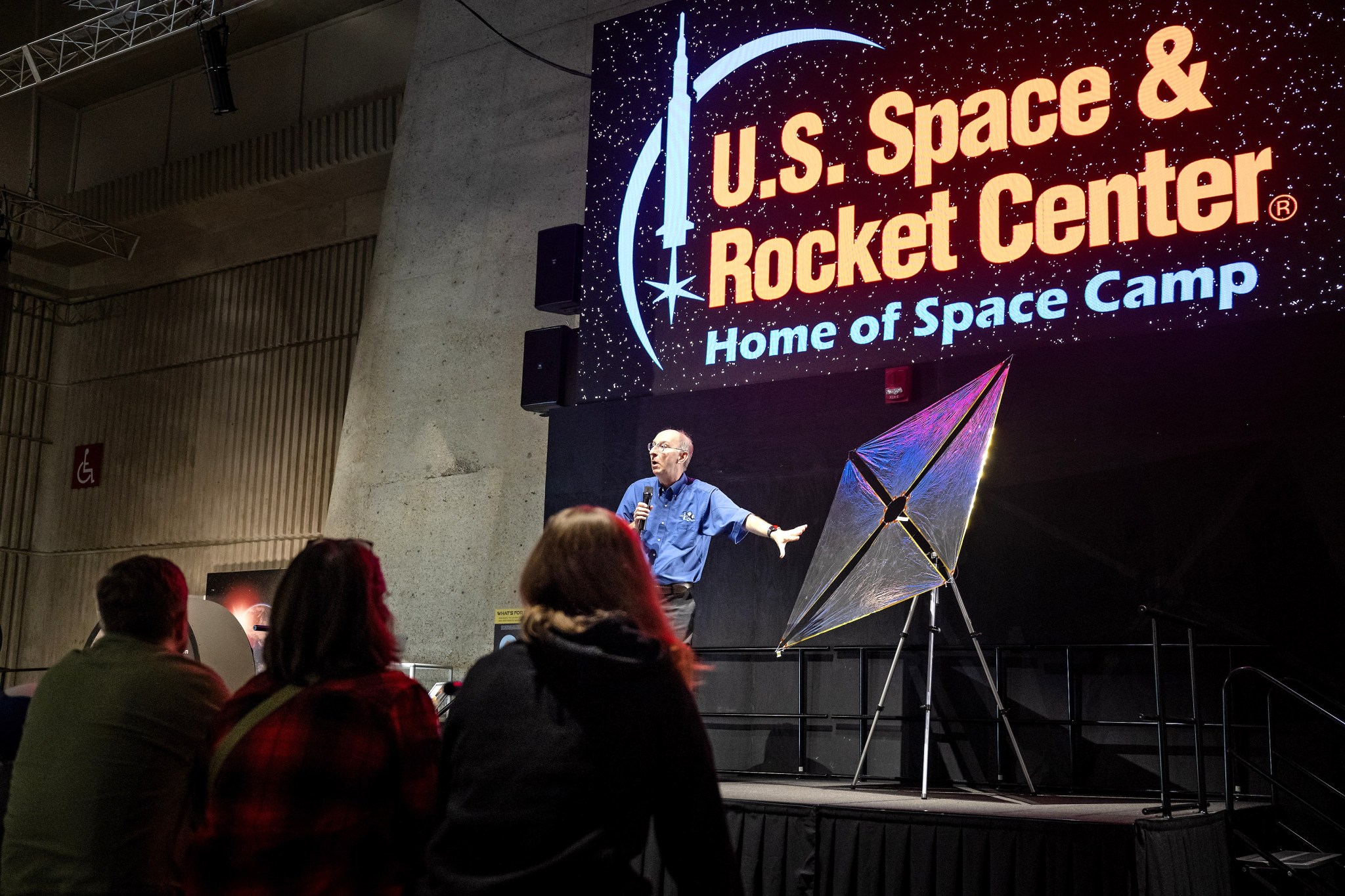
Johnson shared the latest updates on the solar sail technology through brief presentations onstage in the Rocket Center's atrium as well as one-on-one interactions with museum guests at the various displays set up near the stage. He discussed how the technology will work, showed a video of the solar sail team testing one of the sail's four quadrants, and discussed what it could mean for the future of space exploration.
"I'm excited about this type of propulsion, because it's free, it doesn't run out of fuel, and you can use it to do amazing things in the future," Johnson said. "We could build really big sails - 10 to 100 times bigger than the Solar Cruiser sail - and instead of using sunlight, we could shine lasers on it and go out in the solar system, literally where we've never been before."
NASA continues to unfurl plans for solar sail technology as a promising method of deep space transportation. The agency cleared a key technology milestone in January with one of four identical solar sail quadrants successfully deploying. Together, the solar sail quadrants will make up the 17,800-square-foot sail.
Marshall leads the solar sail team, which includes Florida-based Redwire Corporation as prime contractor and Huntsville-based NeXolve as subcontractor.
Barnett, a Media Fusion employee, supports the Marshall Office of Communications.
Robert Champion Named Manager of SLS Exploration Upper Stage Office at Marshall
Robert Champion has been named as manager of the SLS (Space Launch System) Exploration Upper Stage Office at NASA's Marshall Space Flight Center, effective March 24th.
In his role, he will be responsible for the continued development of the exploration upper stage on the more powerful SLS Block 1B rocket, which is set to debut for the Artemis IV mission. Marshall manages the SLS Program.
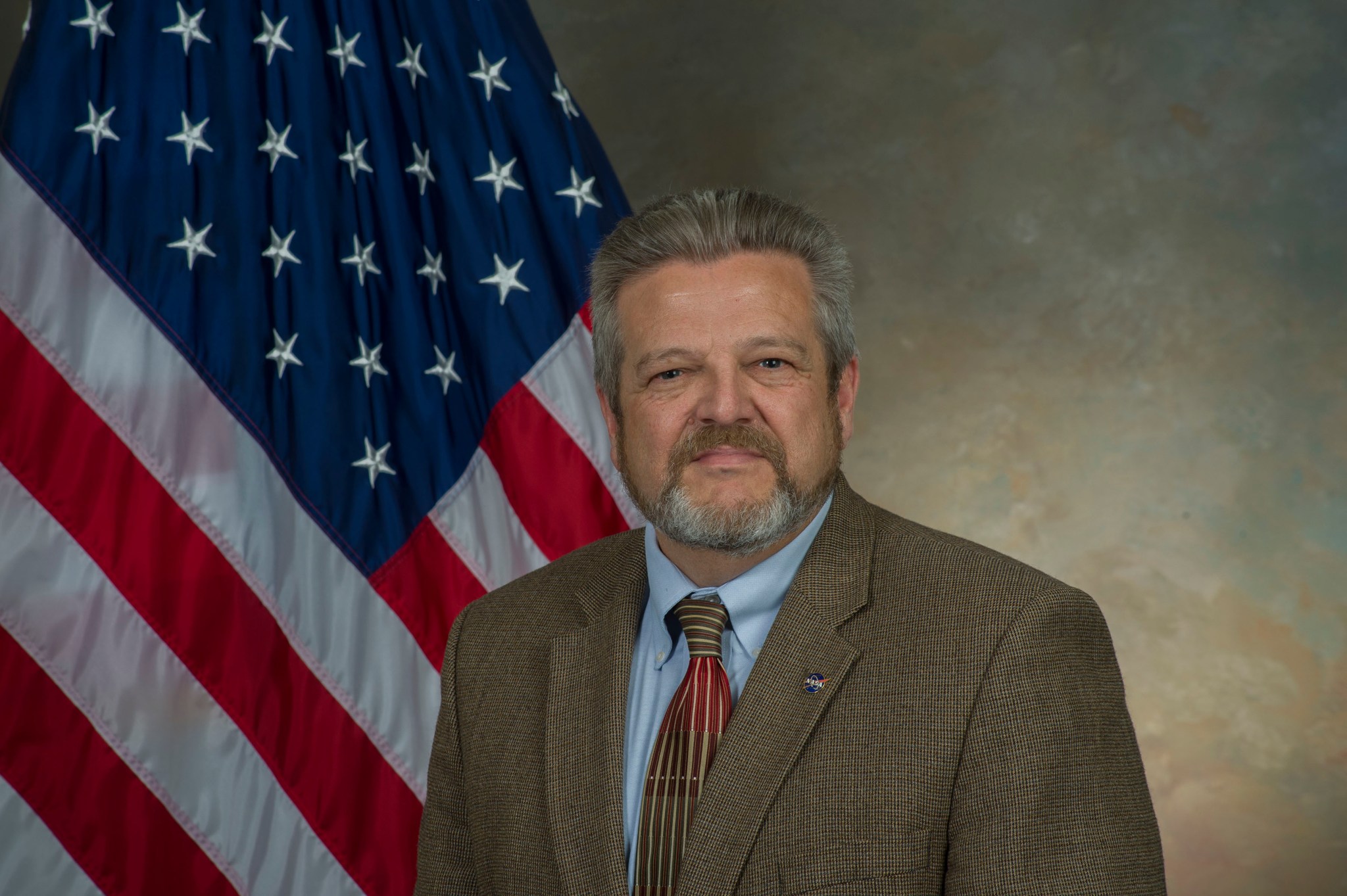
Champion has been director of the Office of Center Operations at Marshall since 2021. In that role, he managed center services that included industrial labor relations, environmental engineering, occupational health, facility management, logistics and transportation, protective services, emergency management, and subordinate site operations.
Champion previously served as the director of NASA's Michoud Assembly Facility in New Orleans from 2019 to 2021; deputy director of Marshall's Propulsion Systems Department from 2015 to 2019; deputy director of Marshall's Space Systems Department from 2014 to 2015; and deputy director at Michoud from 2010 to 2014.
His 37-year career at NASA has included leadership roles in engineering, program and project organizations focused on launch vehicle development, system engineering, and propulsion systems.
Champion has received several of NASA's highest awards, including the Presidential Rank Award, the Exceptional Achievement Medal, the Medal for Exceptional Service, Space Flight Awareness Honoree, Director's Commendation, and the Contracting Officers Technical Representative of the Year. He was selected as an American Institute of Aeronautics and Astronautics Associate fellow and received the organization's 2018-2019 Holger Toftoy Award for outstanding technical management in the fields of aeronautics and astronautics.
A native of Woodstock, Alabama, Champion holds a bachelor's degree in aerospace engineering from Auburn University. He lives in Hazel Green with his wife, Maria Shelby. They have five adult children and six grandchildren.
June Malone Named Director of the Office of Center Operations at Marshall
June Malone has been named as director of the Office of Center Operations at NASA's Marshall Space Flight Center, effective March 24.
With an annual budget of approximately $94 million, the organization includes 120 engineers and specialized civil servants and more than 500 contractors. Services provided by Center Operations include industrial labor relations, environmental engineering, occupational health, facility management, logistics and transportation, protective services, emergency management, and subordinate site operations.

Malone has been director of the Office of Strategic Analysis & Communications at Marshall since 2021. In that role, she led the organization in providing strategic planning, objective analysis, and comprehensive communication to support the policy, program, and budget decisions for the center.
Malone has worked in a variety of leadership roles throughout her 30-year NASA career. She previously was manager for Marshall's Office of Communications from 2019 to 2021, overseeing the center's full communications portfolio, including media, social media, website content, exhibits, history, and employee communications. Previously in 2019, she worked in Marshall's Office of Human Capital, where she established a new Human Resources Business Partner organization and operating model. She also held a year-long position in 2016-2017 as deputy director of the Office of Strategic Analysis & Communications.
From 2014-2016 and again 2017-2019, Malone was manager of Marshall's Office of Communication, guiding media and social media for all center projects, programs, and activities, including crisis and risk communication. She has managed public affairs and media relations activities for the Space Shuttle Propulsion Projects Office, the Space Launch Initiative, the Advanced Space Transportation Program, and the full suite of science and engineering work at Marshall. She was the primary NASA spokesperson for the Space Shuttle Propulsion Projects Office, communicating with media and the public on technical subjects and controversial issues that included the Columbia accident and Return to Flight.
Prior to joining NASA in 1991, Malone was an active-duty Air Force officer from 1985-1991. She worked at the Pentagon on the secretary of the Air Force staff in the Office of Public Affairs as a public affairs officer, and subsequently at Tactical Air Command at Langley Air Force Base in Hampton, Virginia, during Operation Desert Storm. She formulated and implemented public affairs and media relations policy, strategic public affairs activities, and media relations plans.
Malone holds a bachelor's degree in communications from Southern Illinois University and a master's degree in communications research from The Florida State University in Tallahassee. Her awards include a Silver Snoopy, NASA Outstanding Leadership Medal, Air Force Meritorious Service Medal, and Rotary National Award for Communication.
An Illinois native, Malone and her husband, Roy, reside in Huntsville. Their son, Wil, is a NASA engineer, and their daughter, Madison, is a medical doctor in San Francisco.
NASA Lights 'Beacon' on Moon with Autonomous Navigation System Test
By Rick Smith
For 30 total minutes in February, NASA lit a beacon on the Moon - successfully testing a sophisticated positioning system that will make it safer for Artemis-era explorers to visit and establish a permanent human presence on the lunar surface.
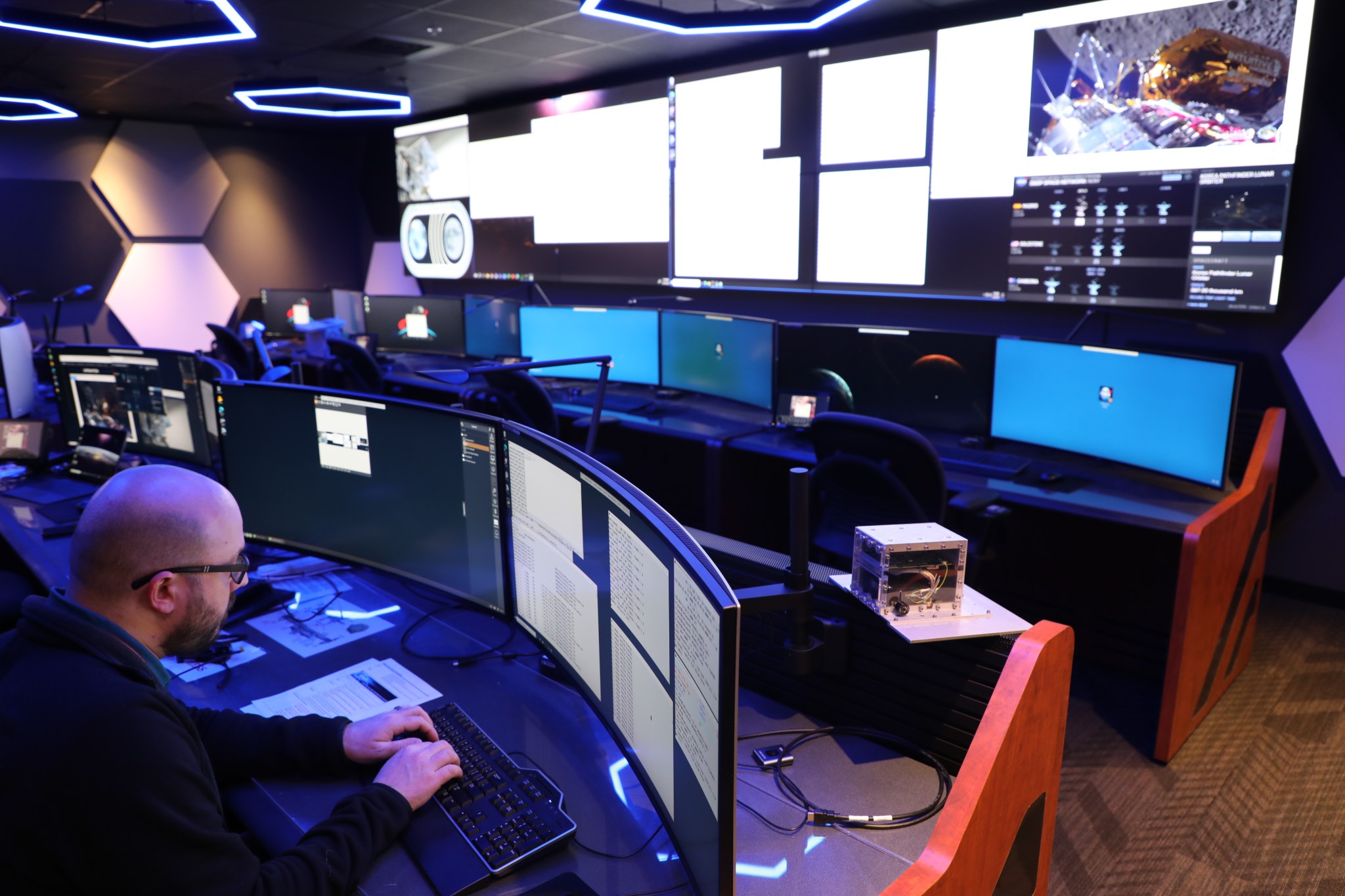
The Lunar Node 1 demonstrator, or LN-1, is an autonomous navigation system intended to provide a real-time, point-to-point communications network on the Moon. The system - tested during Intuitive Machines' IM-1 mission as part of NASA's CLPS (Commercial Lunar Payload Services) initiative - could link orbiters, landers, and even individual astronauts on the surface, digitally verifying each explorer's position relative to other networked spacecraft, ground stations, or rovers on the move.
That system would be a marked improvement over conventional, Earth-based radio data relays, NASA researchers said - even more so compared to Apollo-era astronauts trying to "eyeball" distance and direction on the vast, mostly grey lunar surface.
"We've lit a temporary beacon on the lunar shore," said Evan Anzalone, LN-1 principal investigator at NASA's Marshall Space Flight Center. "Now, we seek to deliver a sustainable local network - a series of lighthouses that point the way for spacecraft and ground crews to safely, confidently spread out and explore."
The experiment was launched Feb. 15 as a payload on the IM-1 mission. The Nova-C lander, named Odysseus, successfully touched down Feb. 22 near Malapert A, a lunar impact crater near the Moon's South Pole region, executing the first American commercial uncrewed landing on the Moon. The lander spent its subsequent days on the surface conducting six science and technology demonstrations, among them LN-1, before it officially powered down on Feb. 29.
"This feat from Intuitive Machines, SpaceX, and NASA demonstrates the promise of American leadership in space and the power of commercial partnerships under NASA's CLPS initiative," NASA Administrator Bill Nelson said in a statement after the landing. "Further, this success opens the door for new voyages under Artemis to send astronauts to the Moon, then on to Mars."
During IM-1's translunar journey, the Marshall team conducted daily tests of the LN-1 beacon. The original plan was for the payload to transmit its beacon around the clock upon landing. NASA's Deep Space Network, the international giant radio antenna array, would have received that signal for, on average, 10 hours daily.
Instead, due to the lander's touchdown orientation, LN-1 conducted two 15-minute transmissions from the surface. DSN assets successfully locked on the signal, feeding telemetry, navigation measurements, and other data to researchers at Marshall, NASA's Jet Propulsion Laboratory, and Morehead State University in Morehead, Kentucky. The team continues to evaluate the data.
LN-1 even provided critical backup to IM-1's onboard navigation system, noted Dr. Susan Lederer, CLPS project scientist at NASA's Johnson Space Center. The LN-1 team "really stepped up to the task," she said, by relaying spacecraft positioning data during translunar flight to NASA's Deep Space Network satellites at the Goldstone and Madrid Deep Space Communications Complexes in Fort Irwin, California, and Robledo de Chavela, Spain, respectively.
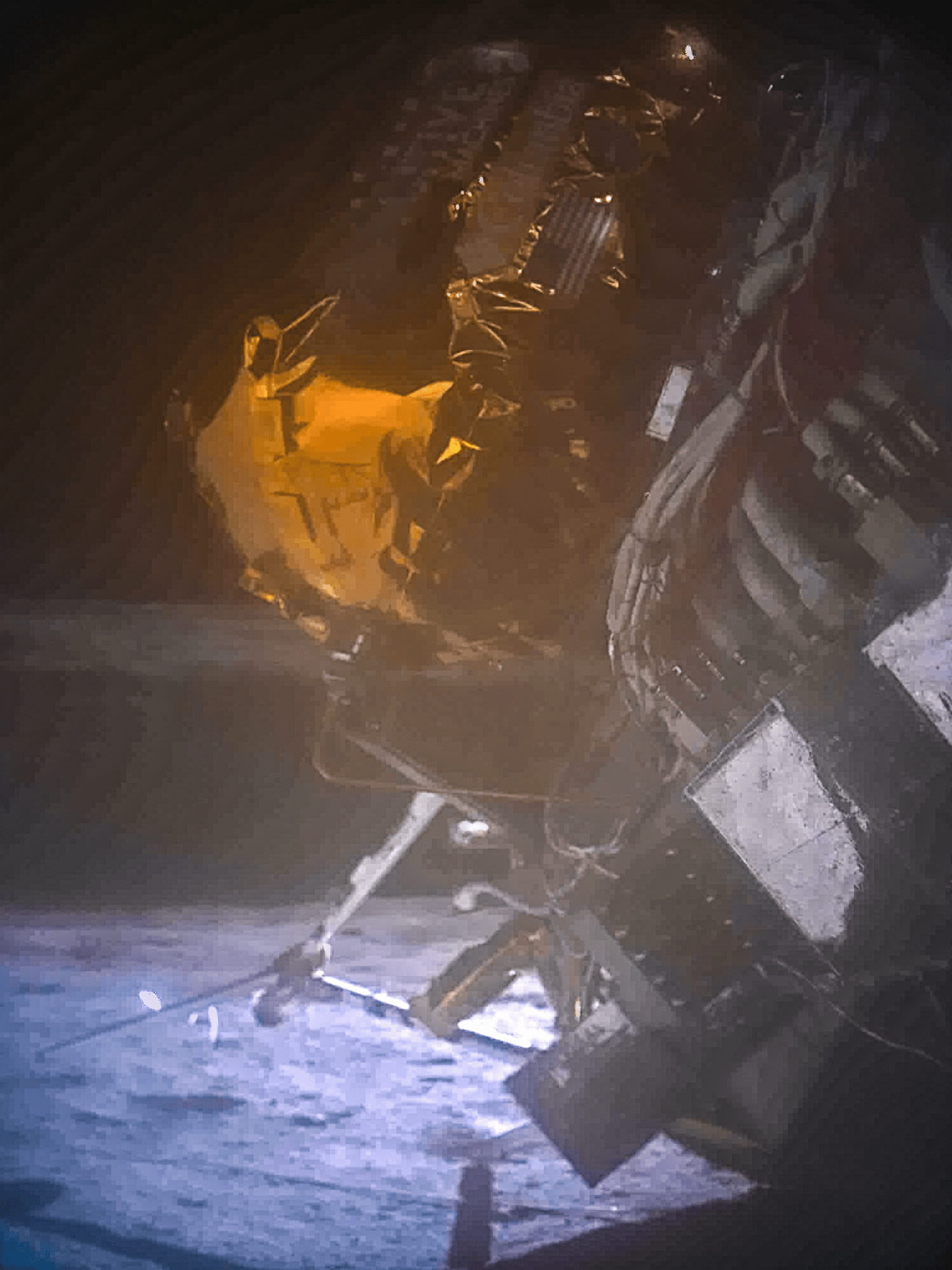
In time, navigation aids such as Lunar Node-1 could be used to augment navigation and communication relays and surface nodes, providing increased robustness and capability to a variety of users in orbit and on the surface.
As the lunar infrastructure expands, Anzalone envisions LN-1 evolving into something akin to a network that monitors and maintains a busy metropolitan subway system, tracking every "train" in real time, and operating as one part of a larger, LunaNet-compatible architecture, augmenting other NASA and international investments, including the Japanese Aerospace Exploration Agency's Lunar Navigation Satellite System.
And the technology promises even greater value to NASA's Moon to Mars efforts, he said. LN-1 may improve data delivery to lunar explorers by just a matter of seconds over conventional relays - but real-time navigation and positioning becomes much more vital on Mars, where transmission delays from Earth can take up to 20 minutes.
"That's a very long time to wait for a spacecraft pilot making a precision orbital adjustment, or humans traversing uncharted Martian landscapes," Anzalone said. "LN-1 can make lighthouse beacons of every explorer, vehicle, temporary or long-term camp, and site of interest we send to the Moon and to Mars."
Marshall engineers designed, developed, integrated, and tested LN-1 as part of the NPLP (NASA-Provided Lunar Payloads) project funded by the agency's Science Mission Directorate. Marshall also developed MAPS (Multi-spacecraft Autonomous Positioning System), the underlying networked computer navigation software. MAPS previously was tested on the International Space Station in 2018, using NASA's Space Communications and Navigations (SCaN) Testbed.
NASA's CLPS initiative oversees industry development, testing, and launch of small robotic landers and rovers supporting NASA's Artemis campaign






